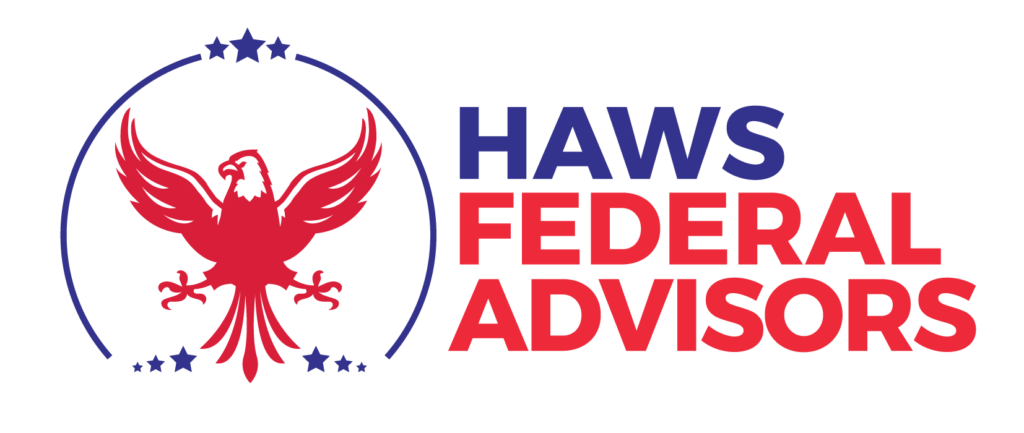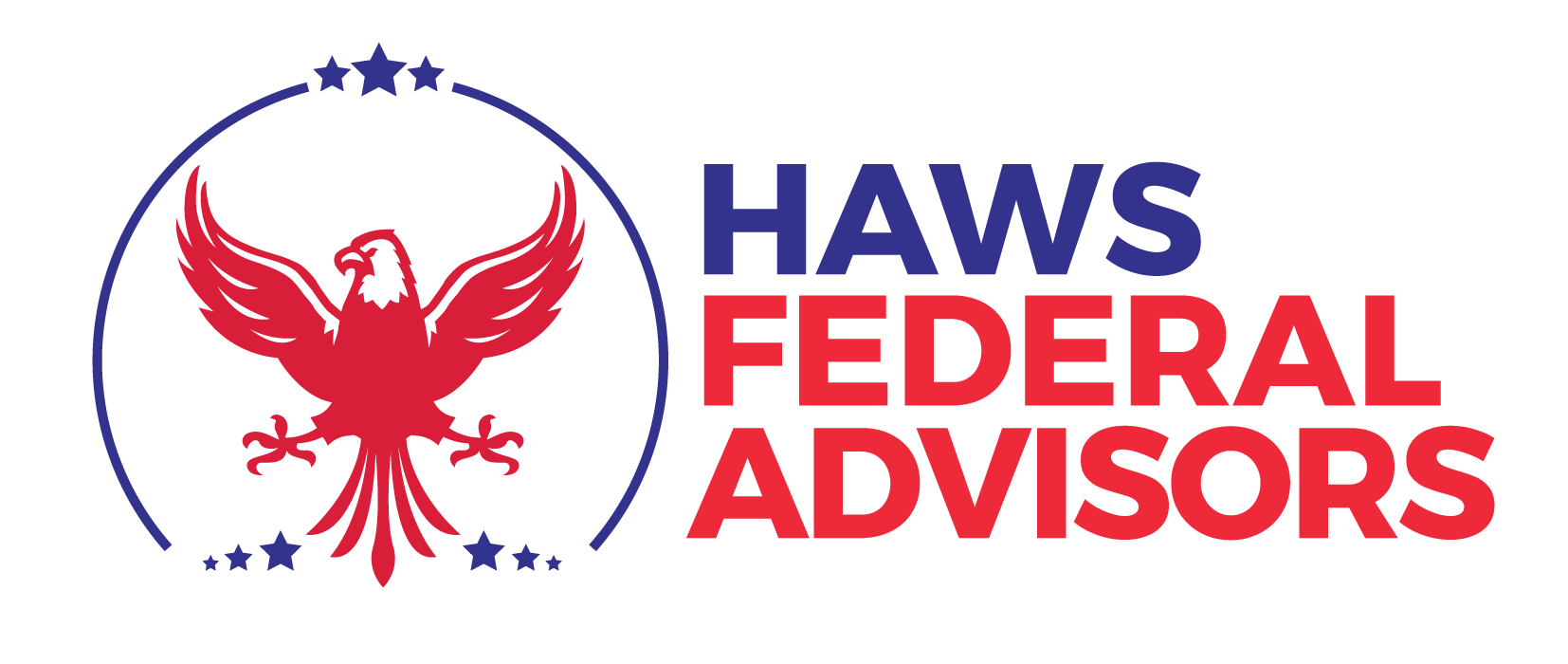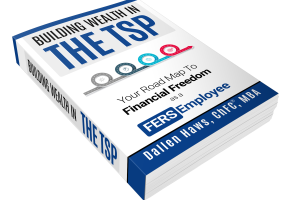Many federal employees dream of retiring as early as possible while still enjoying the full range of their retirement benefits. The Federal Employees Retirement System (FERS) offers several pathways to retirement, each with its own qualifications and trade-offs. In this article, we’ll break down the key types of federal retirement options and what you need to know to get the most out of what you have.
Full (Immediate) Retirement
The most desirable option for most federal employees is full retirement, which allows you to receive maximum benefits, including your pension, health insurance (FEHB), life insurance (FEGLI), dental/vision coverage, and possibly the FERS supplement. To qualify for full retirement, you must meet one of the following criteria:
Minimum Retirement Age (MRA) with at least 30 years of service
Age 60 with at least 20 years of service
Age 62 with at least 5 years of service
For most federal employees, the MRA is 57, though some may qualify slightly earlier depending on their birth year.
FERS Supplement
Employees who retire before age 62 with a full retirement may be eligible for the FERS supplement, which bridges the gap until Social Security benefits begin. This extra payment can significantly enhance financial security during early retirement. For more information on the FERS supplement, check out this article.
Unused Sick Leave and Your Pension
Unused sick leave can increase your pension, but it doesn’t count toward meeting retirement eligibility. If you would like to see how your pension is calculated, check out this article.
Sick leave is converted into months of service using a standard of 174 hours per month. However, only full months are counted. While adding sick leave to your pension can be beneficial, it’s important to weigh the potential pension boost against the salary you’d receive if you used the leave before retirement. If you would like to see more information on unused leave at retirement, check out this article.
10% Pension Bonus for FERS Employees
FERS employees who retire at age 62 or older with at least 20 years of service receive a 10% increase to their pension calculation. This means that instead of using the standard 1% multiplier, your pension will be calculated at 1.1% of your high-3 average salary per year of service.
This 10% increase remains in effect for the duration of your pension, making it a valuable incentive for employees who can meet the eligibility criteria. Those who retire before 62 or with fewer than 20 years of service do not qualify for this bonus.
If you are already 62 or older and have 19 years and 6 months of service then 6 months of sick leave will make you eligible for the 1.1% multiplier. However, you won’t be eligible for the 1.1% if you are not yet 62 no matter how much sick leave you have.
Early Out Retirement (VERA – Voluntary Early Retirement Authority)
VERA is an option for employees when their agency is downsizing or eliminating positions. But just because your agency is offering a VERA, does not guarantee that they will approve your position for a VERA. VERA is not always available but can be a valuable option if your agency offers it and you meet the following criteria:
Age 50 with at least 20 years of service
Any age with at least 25 years of service
With VERA, you can start receiving your pension immediately and retain federal employee health benefits (FEHB), federal employee group life insurance (FEGLI), and dental/vision insurance. However, VERA’s availability depends entirely on agency discretion.
FERS Supplement
You can get the FERS supplement under an early out retirement. However, the one difference is that the supplement wouldn’t start until your MRA.
MRA + 10 Retirement
If you reach your MRA with at least 10 years of service but do not meet the criteria for full retirement, you can still retire under the MRA + 10 rule. However, your pension will be permanently reduced by 5% for each year you retire before age 62. For example, retiring at age 57 under this plan would result in a 25% reduction in your pension.
You retain access to FEHB, FEGLI, and dental/vision coverage, but if you wish to avoid the pension reduction, you might consider a postponed retirement.
Postponed Retirement
Postponed retirement allows employees eligible for MRA + 10 to delay their pension to avoid reductions. Under this option, you forgo both your pension and benefits until age 62. Once eligible, you regain access to your full pension and benefits, including FEHB and FEGLI.
This option is useful for those who can afford to delay benefits and want to maximize their retirement income.
Deferred Retirement
Deferred retirement is an option for employees who leave federal service before reaching their MRA but have at least 5 years of service. Under this plan:
You can receive a pension starting at a later age.
However, you lose access to health and life insurance benefits permanently.
This is a viable option for those leaving federal service early but wanting a pension later in life.
Special Provisions Retirement
Some federal employees qualify for special retirement provisions due to the nature of their jobs. These include law enforcement officers (LEOs), firefighters, and air traffic controllers. These employees qualify for full retirement under different criteria:
Age 50 with at least 20 years of service
Any age with at least 25 years of service
Special provisions employees contribute more to FERS and must retire earlier, reflecting the physically demanding nature of their work. If they do not meet these criteria, they fall under standard FERS retirement rules.
Summary of Key Retirement Options
Choosing the Right Retirement Option
Determining the best retirement option depends on your personal circumstances, including financial needs, career plans, and family considerations. Understanding the rules for each retirement type ensures you maximize your benefits and retire confidently. If you would like personalized help, feel free to schedule an appointment with one of our advisors here: https://hawsfederaladvisors.com/get-started-now/


